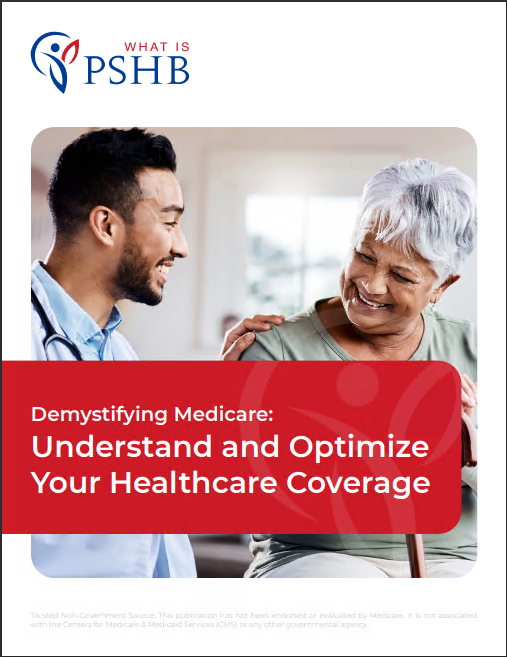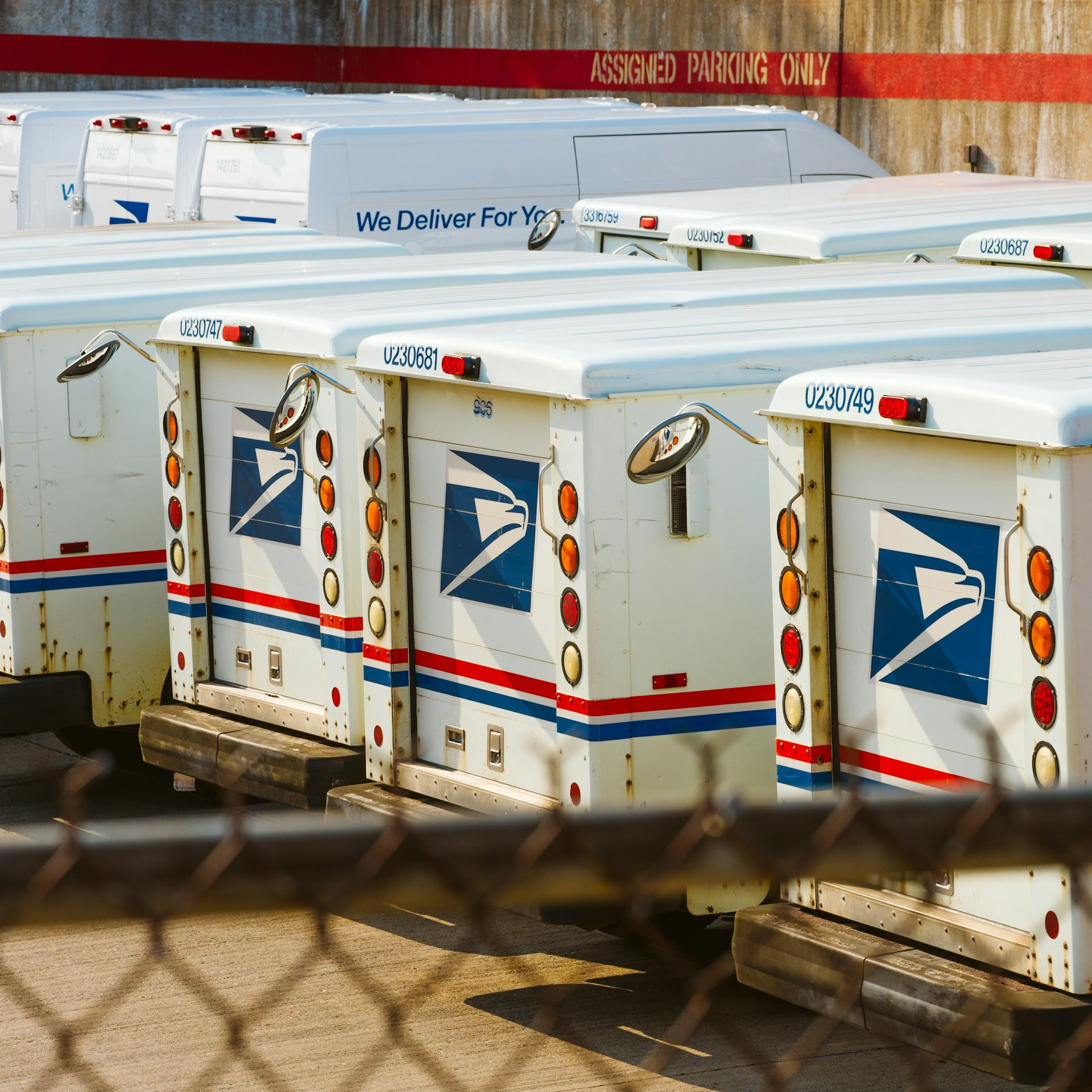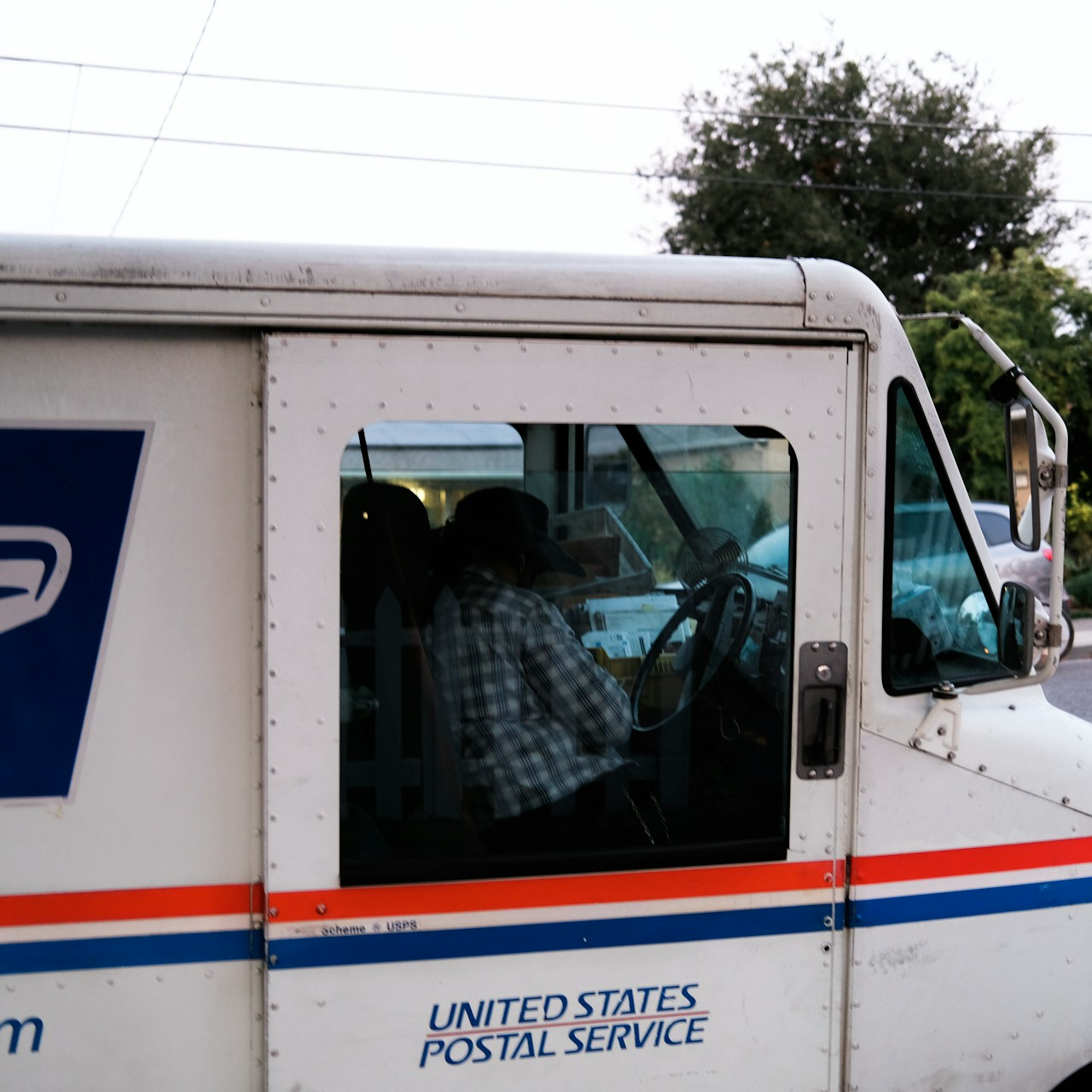Key Takeaways:
- The transition from FEHB to PSHB will take effect on January 1, 2025. Open Season is the time to make adjustments, running from November 11 to December 9, 2024.
- Even with the new PSHB program, dental and vision coverage through FEDVIP will remain available to USPS employees and retirees.
The Big Switch is Coming—Here’s How You Can Get Ready for PSHB
It’s official: starting January 1, 2025, all USPS employees and retirees will transition from the Federal Employees Health Benefits (FEHB) program to the Postal Service Health Benefits (PSHB) program. This change, brought on by the Postal Service Reform Act of 2022, has been in the works for a while now, but the big moment is almost here. The upcoming Open Season, from November 11 to December 9, 2024, is when you can review your options, make any necessary changes, and get your plans set for the switch.
So, what does this change really mean for you, and how can you best prepare? Let’s dive into the key things to keep in mind as PSHB health plans take over, so you can make this transition as smooth as possible.
The Basics of PSHB: What You Need to Know
Starting on January 1, 2025, the PSHB program will officially replace FEHB for USPS employees and retirees. This new health benefits system was established by the Postal Service Reform Act of 2022, with the goal of providing USPS-specific healthcare coverage.
But don’t worry, you’re not going to be left scrambling. If you’re already enrolled in an FEHB plan, you will be automatically enrolled in a PSHB plan that’s similar to your current coverage. Of course, Open Season is your opportunity to explore your options and make any changes if you want to.
Here’s the important thing to know: dental and vision coverage through the Federal Employees Dental and Vision Insurance Program (FEDVIP) won’t change. You’ll still have access to services like dental cleanings and prescription eyewear through FEDVIP, so that’s one less thing to worry about.
Timing is Everything: Mark Your Calendar for Open Season
I can’t stress this enough—Open Season is when you need to act. From November 11 to December 9, 2024, you’ll have the chance to review your PSHB options, make changes to your plan, and ensure that you’re fully covered once the switch happens in January. Even though you’ll be automatically transitioned to a comparable PSHB plan, this is your moment to make sure the coverage suits your current needs. Whether it’s family changes or new medical conditions, this is the window to make adjustments.
This window of time is also when you can review and modify your FEDVIP plans if needed. Remember that FEDVIP premiums are changing slightly for 2025: dental premiums are going up by about 2.97%, while vision premiums will rise by a smaller margin of 0.87%. Keeping an eye on these numbers can help you plan your budget accordingly.
How Will the PSHB Plans Differ?
So what kind of costs are we talking about with PSHB? While I can’t go into specific plan pricing, I can give you a general idea of what to expect based on average premiums for 2025. The total average biweekly premiums will vary depending on your plan type, such as whether you’re enrolled in “Self Only,” “Self Plus One,” or “Self and Family” coverage.
- Self Only: Average total biweekly premium of $397.35, with employees contributing $111.26.
- Self Plus One: Average total biweekly premium of $858.89, with employees contributing $240.49.
- Self and Family: Average total biweekly premium of $934.65, with employees contributing $261.70.
These costs are split between you and the government, with the government covering 72% of the total premium and the remaining 28% being your responsibility. Over the course of 26 pay periods, this means you’re looking at around $2,892.76 per year for “Self Only” coverage and $6,804.20 annually for “Self and Family” coverage. It’s worth taking a close look at these numbers during Open Season to ensure you’re comfortable with your selected plan.
The Medicare Part B Connection
One thing that’s important to highlight is how Medicare Part B will work with PSHB, especially if you’re approaching retirement. If you retire on or before January 1, 2025, and you’re not enrolled in Medicare Part B, you don’t need to worry about it—you’ll still maintain your PSHB coverage without any requirements to enroll. The same goes for any covered family members. However, if you retire after January 1, 2025, the rules are a bit different. You’ll need to enroll in Medicare Part B when you become eligible (usually at age 65), and this applies to your family members as well.
There are some exceptions, like for people who live outside the U.S. or those receiving care through the Department of Veterans Affairs (VA) or Indian Health Services (IHS), but for the majority of retirees, enrolling in Medicare Part B will be a necessary step to keep your PSHB plan.
On the bright side, being enrolled in Medicare Part B can often mean additional cost savings. Many PSHB plans are designed to integrate with Medicare, offering benefits like waived deductibles and reduced out-of-pocket expenses. Some plans may even reimburse a portion of your Medicare Part B premium, helping to offset the costs.
Prescription Coverage and FEDVIP Continuation
One of the more exciting aspects of PSHB for Medicare-eligible participants is that all PSHB plans will include Medicare Part D prescription drug coverage. This is a big win because it eliminates the need to pay separate premiums for a Part D plan, streamlining your healthcare costs.
As mentioned earlier, your dental and vision coverage will remain under FEDVIP. Services like routine dental exams, cleanings, and prescription glasses will still be covered, just as they were under the FEHB system. FEDVIP premium increases are moderate, so the cost changes shouldn’t hit too hard. However, reviewing your plan options during Open Season is always a smart move.
Resources to Help You Compare Plans
Navigating the world of healthcare plans can be a little overwhelming, but luckily, there are tools to help you make informed decisions. During the Open Season, a plan comparison tool will be available through the Office of Personnel Management (OPM). This tool allows you to compare the different PSHB plans side-by-side, so you can see what each offers in terms of coverage, premiums, and benefits.
Take advantage of this tool to ensure you’re picking the plan that works best for you and your family. Whether you’re focused on minimizing out-of-pocket expenses or ensuring your prescriptions are covered, the comparison tool can make the decision process a whole lot easier.
Getting Ready for the Switch
As January 1, 2025, approaches, it’s essential to have everything in order. Use the time during Open Season to check your current coverage, compare your new PSHB options, and make any changes necessary. This is also a good opportunity to review your dental and vision coverage under FEDVIP to make sure it aligns with your needs for the coming year.
With new premiums, Medicare integration, and continued access to other federal benefits, this transition to PSHB is a big deal, but it’s definitely manageable. The key is to take the time now to plan for the switch, so you can enter 2025 with confidence, knowing you’ve chosen the best options for your health coverage.
Making the Most of Your Health Benefits in 2025
The shift to PSHB marks a significant change for USPS employees and retirees, but with Open Season and the right resources, you can easily adapt. Take full advantage of the plan comparison tools and the coverage opportunities available, ensuring you’re well-prepared for January 1, 2025. Remember, your health coverage is an essential part of your financial security, so making the right choices now can have lasting benefits.











